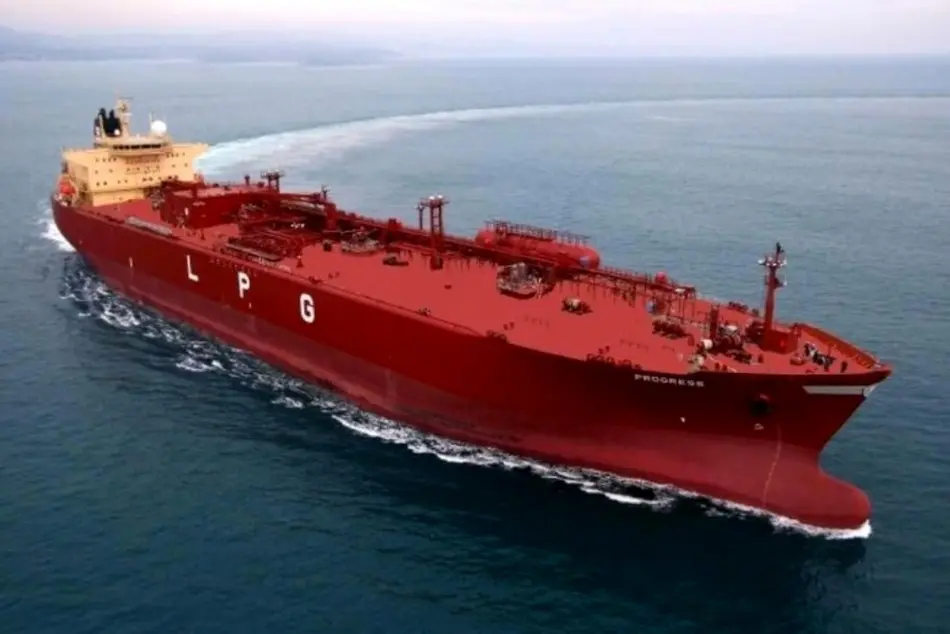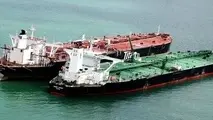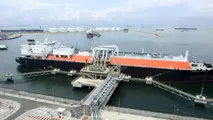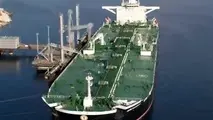LPG Shipping Market Improves in First Quarter, But Outlook Still Cautious Says Ship Owner

VLGC rates averaged US$15,800 per day in Q1 2017, or US$29.7 per ton on the benchmark Baltic route said BW LPG in its market outlook, released yesterday, with the occasion of the company’s first quarter results release. This compares to BW LPG spot performance of US$15,540 per day and total fleet performance of US$20,900 per day.
According to the ship owner, “in early Q1, freight rates improved from Q4 2016 following strong U.S. export volumes and wider geographic LPG price spreads. Seaborne LPG trade grew by 0.5% in Q1 2017 compared to Q1 2016, led by import growth of 40%, 21% and 9% in India, Korea and China, respectively. U.S. seaborne LPG export volumes continue to grow, standing at approximately 8.1m tonnes in Q1 2017, compared to 6.4m tonnes in Q1 2016. Middle Eastern LPG export volumes declined by 5% yoy to 8.8m tonnes following the November 2016 OPEC production cuts”.
Meanwhile, according to BW LPG, “U.S. LPG production declined by 1.2% yoy in Q1 2017 while domestic U.S. consumption declined by 4.5%. For 2017, the EIA expects net U.S. LPG exports of 26.1m tonnes while production is forecast to grow by 3.2% to 78.6m tonnes and domestic consumption to decline to 53.5m tonnes from 53.9m tonnes. The EIA now shows its 2018 forecast for LPG production growth at 4.8% and domestic consumption growth of 1.6%. Net exports are forecast to grow by 4.5% in 2018, reaching 27.2m tonnes”.
In terms of tonnage supply, the global VLGC fleet grew by five vessels in Q1 2017, while one vessel was scrapped and no new orders were placed. A further 21 vessels are set for delivery in 2017, declining to five in 2018, six in 2019 and two in 2020.
“In January and February, robust U.S. LPG exports led to substantial inventory drawdowns and historically high U.S. LPG pricing. This drove arbitrage economics into negative territory and led to a deterioration of freight back down to near opex levels in the middle of the quarter. In the Middle East, OPEC production cuts, agreed at the November 2016 meeting, reduced the volume of LPG cargoes available for export, and raised FOB pricing higher than delivered prices in Asia. March demonstrated the U.S. market’s predominance in its effect on rates. The Baltic reacted quickly to strong arbitrage economics from U.S. volumes going East, supported by large cash premiums to Asia paper and strong butane demand in India. However, rates rapidly eased again in April as the arbitrage closed and buying interest slowed, causing several cargo cancellations and leaving multiple butane cargoes unsold in the East”, said the shipowner.
Regarding the seaborne LPG market, BW LPG noted that “our short-term outlook remains cautious as we enter the summer months, with continued cargo tightness in the Middle East, high U.S. domestic LPG prices and significant newbuilding deliveries for rest of year 2017. This will maintain downward pressure on rates. Low U.S. inventory levels will continue to prop up domestic LPG prices, until confidence returns that U.S. inventories have built sufficiently for the typical winter season heating demand. We maintain our view that renewed U.S. LPG production is the key to reopening global price spreads and a more sustained rebound in freight. With the NGL content per barrel of oil on an upward trajectory in the major U.S. shale basins, we are led to believe that the growth of LPG production can potentially outpace the growth rate of crude oil on a comparative basis”, the ship owner concluded.



